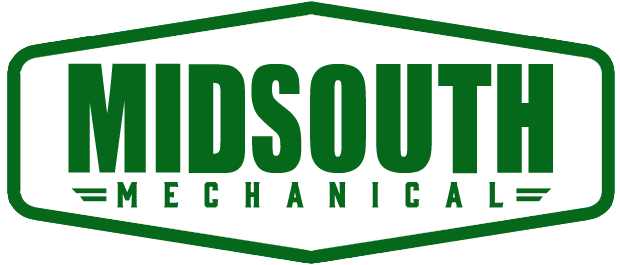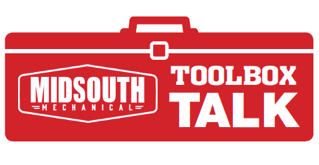One of the hazards too often overlooked is associated with stored or potential hazardous energy. OSHA has a specific standard to deal with this and it is often referred to simply as Lockout Tagout.
Unfortunately, many workers get confused about lockout tagout because they don’t think it applies to them. This might be because they think that lockout tagout is just for electrical work – and that is a grave mistake.
All workers could be exposed to the dangers of hazardous energy. Workers need to be familiar with how lockout tagout could affect them, how to recognize when lockout tagout is needed or is in place, and what is required before doing any job that requires lockout tagout.
Lockout tagout is required to protect workers from unexpected startup or release of hazardous energy.
- Failure to properly lockout and tagout equipment can result in injuries to the workers who are servicing, repairing, or adjusting the equipment.
- Lockout tagout may be required with all types of work and tasks such as:
- Plumbing
- Servicing
- Maintenance
- Cleaning
- Lubrication
- Setting up
- Making repairs
- Part of understanding lockout tagout is to recognize the types of hazardous energy that a worker may be exposed to on the job.
- Types of hazardous energy include:
1. Chemical – such as chemicals stored in pipes, tanks, and/or held under pressure.
- Pneumatic – trash compactors, compressors, lifting equipment.
- Thermal – extreme heat from heating elements or furnaces or cold energy from refrigeration units or compressed gases.
- Electric – electrical equipment which is either wired or operated by cord and plug.
- Mechanical – stored energy in rotating or moving parts or conveyor belts.
- Other – such as x-ray, radiation, laser, microwave, radio frequency, or others.
Recognize when equipment is locked out, tagged out, or both – look for tags, signs or locks at startup points, switches, valves, or control panels.
Tagout devices are designed to notify other personnel that the machine, tool, or equipment is being worked on and it is unsafe to tamper with it.
Lockout devices are designed to keep the equipment from being turned on or energy source from being released.
Never tamper with or remove a lockout or tagout device!


